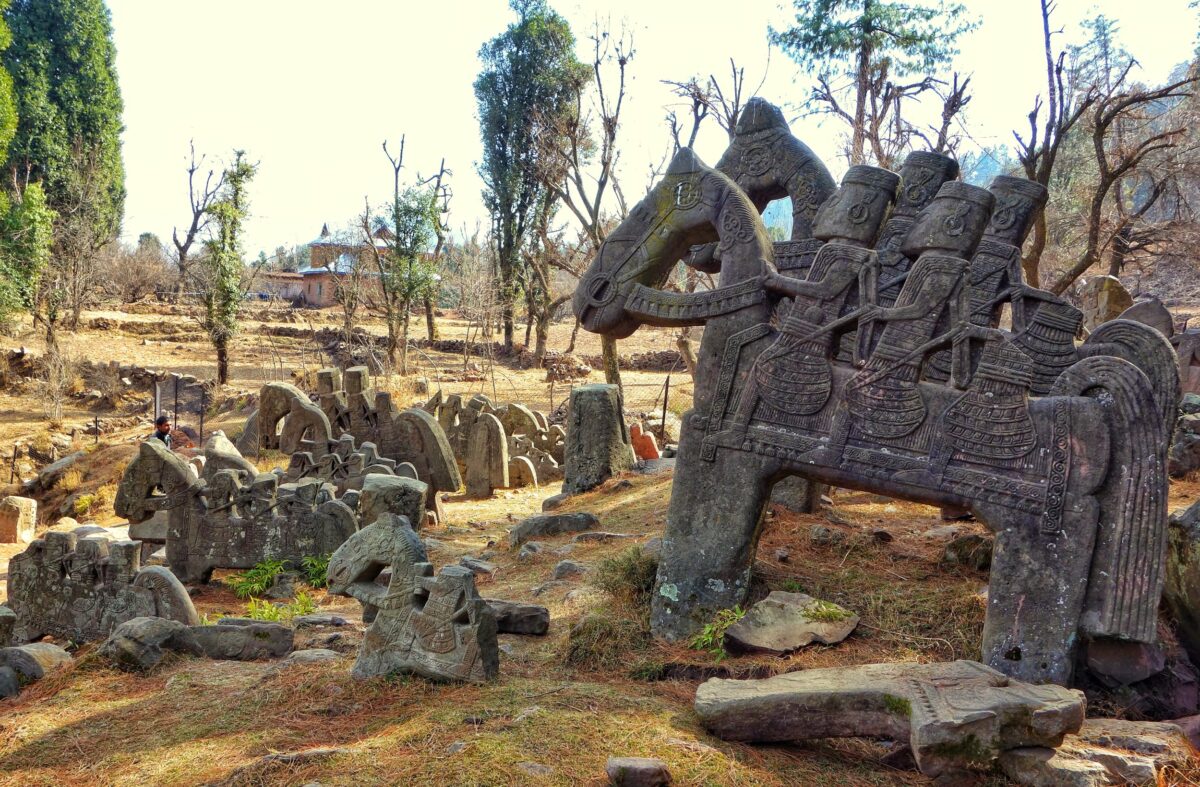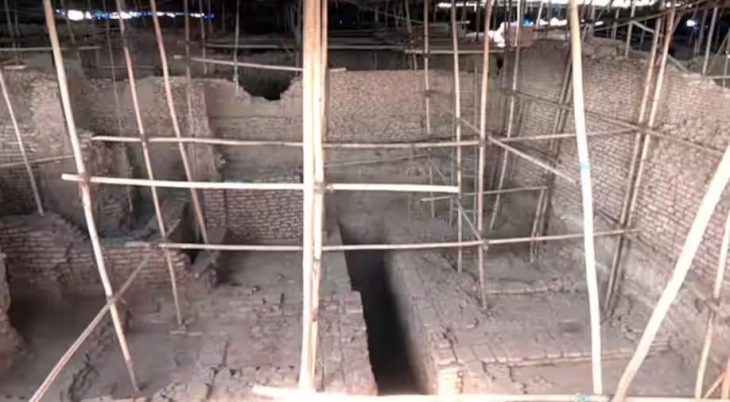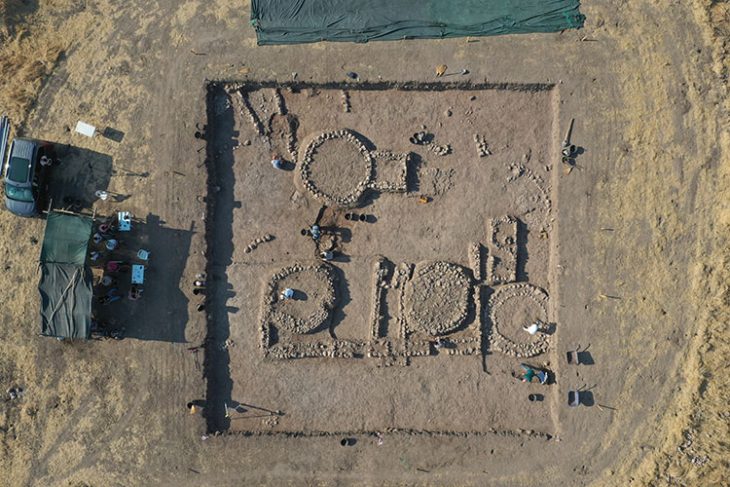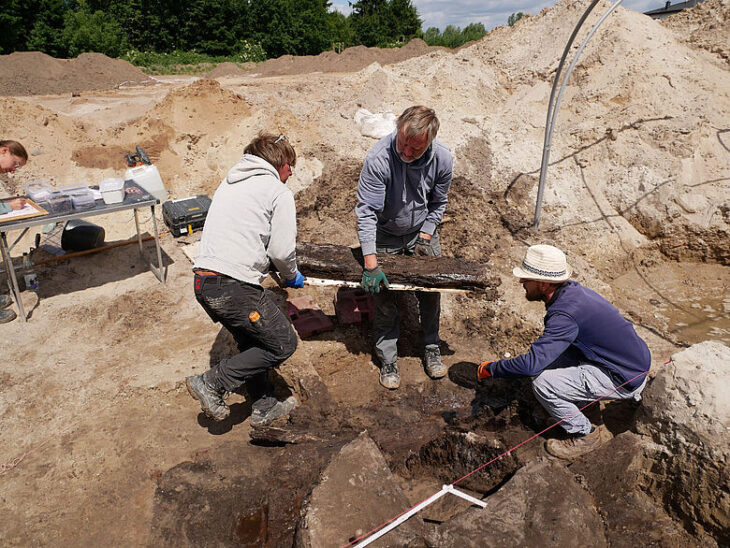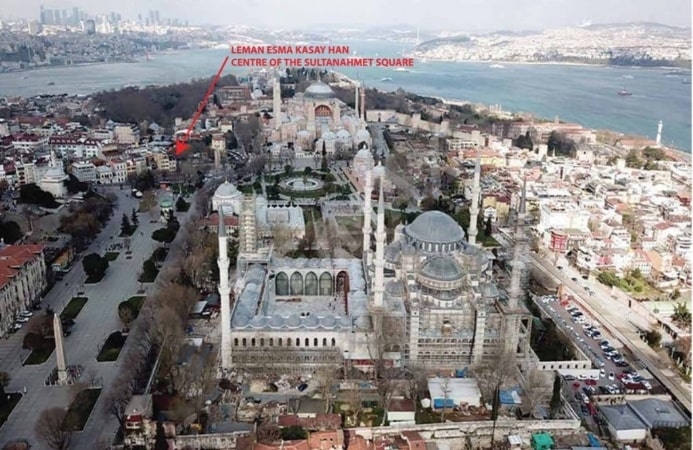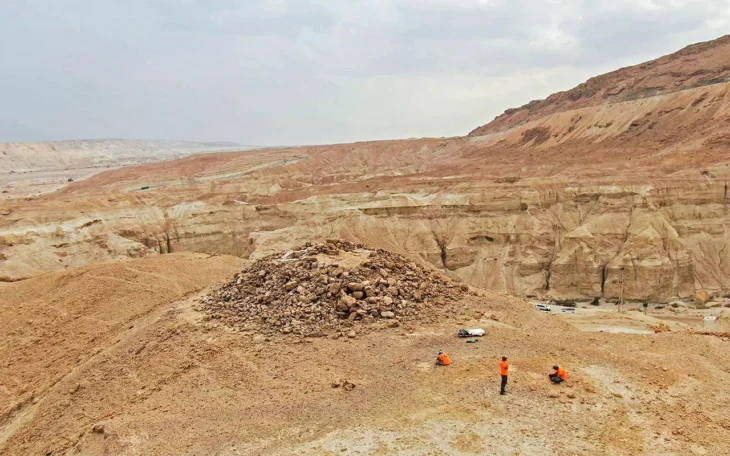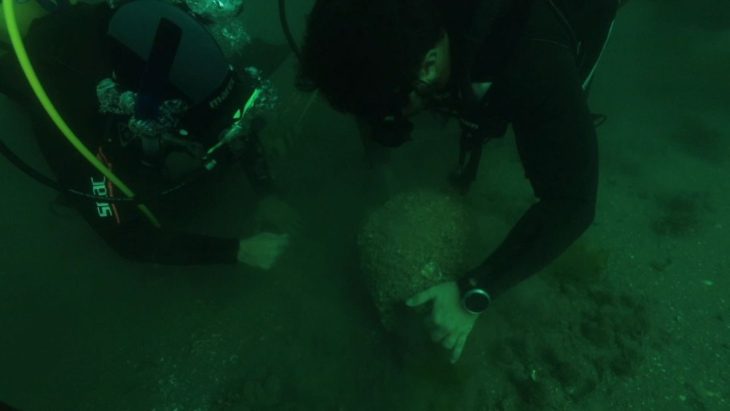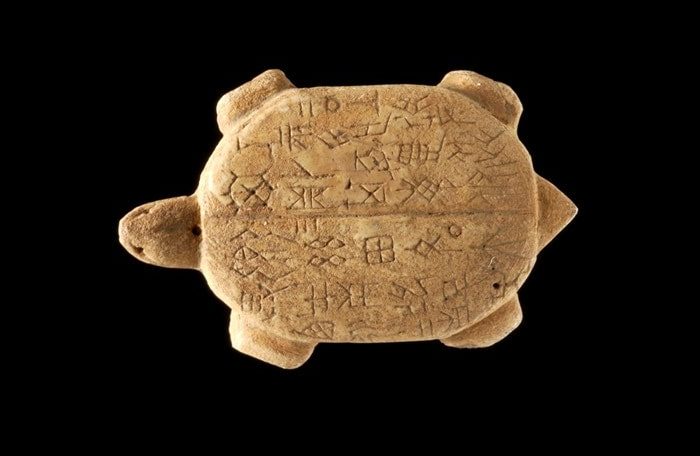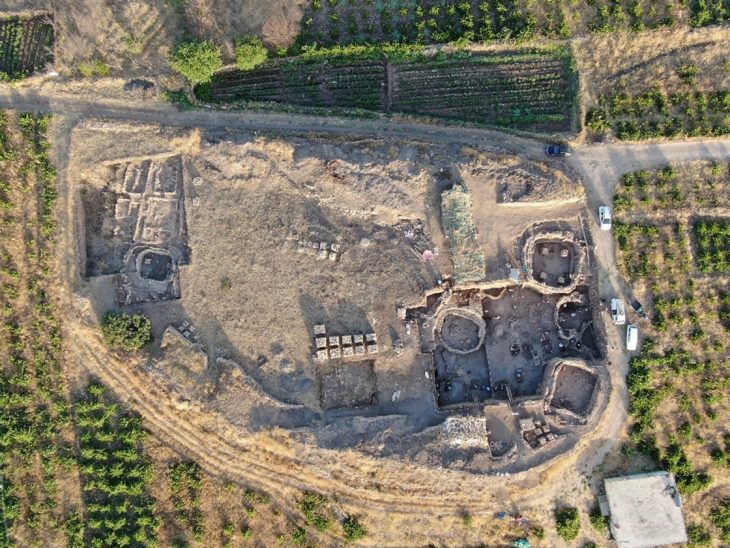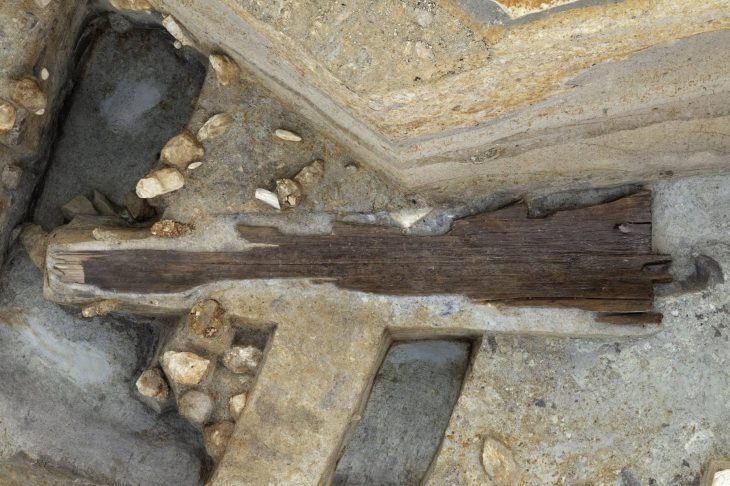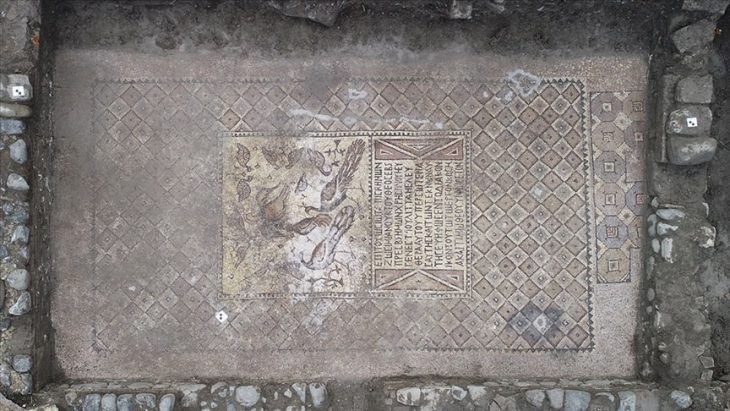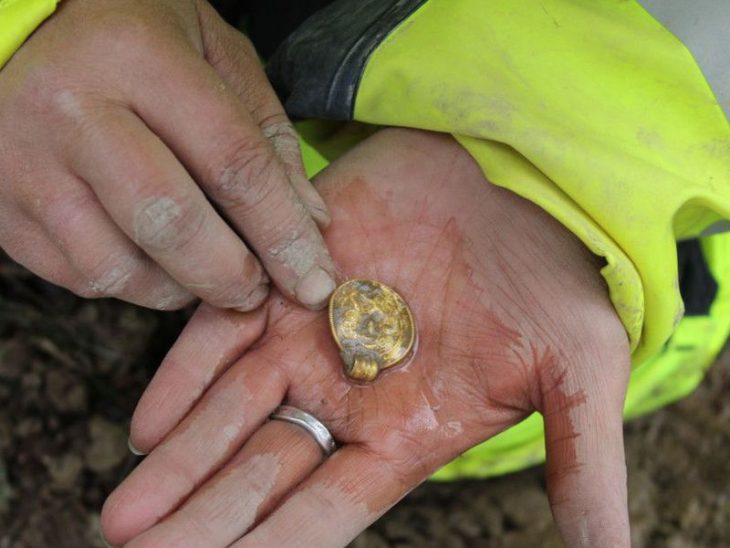Deep within the rugged Pir Panjal range in Jammu and Kashmir, India, lies a captivating mystery known as the Mysterious Horsemen. These ancient stone figures, scattered across secluded sites, have puzzled historians and archaeologists for years, their origins and purpose shrouded in enigma. The craftsmanship displayed in these sculptures is remarkable, raising questions about their creators and the intentions behind their construction.
In the outskirts of Reasi district, specifically in the Gool tehsil, lies the infamous Gora Gali. A Russian expedition team, led by Natalia Polosmak, conducted a general survey of the area due to the presence of man-made and natural water ponds. To their surprise, they discovered an army of approximately 200 horsemen sculptures, arranged haphazardly over an area of 4-5 acres of inaccessible land in the woods. This remote area is uninhabited and difficult to reach from the main road, although a trail built by the army provides some access.
The locals believe that these sculptures were created during the period of the Mahabharata, when the Pandavas resided in the ancient town of Reasi and practiced stone engraving and sculpting. This belief has led to the development of a devta culture among the people, who worship these horsemen as local deities. However, further analysis of the sculptures reveals fewer Indic features and more foreign artistic forms. All these sculptures are believed to date back to the 2nd and 3rd centuries AD, a period during which the Gandhara school of art was emerging.
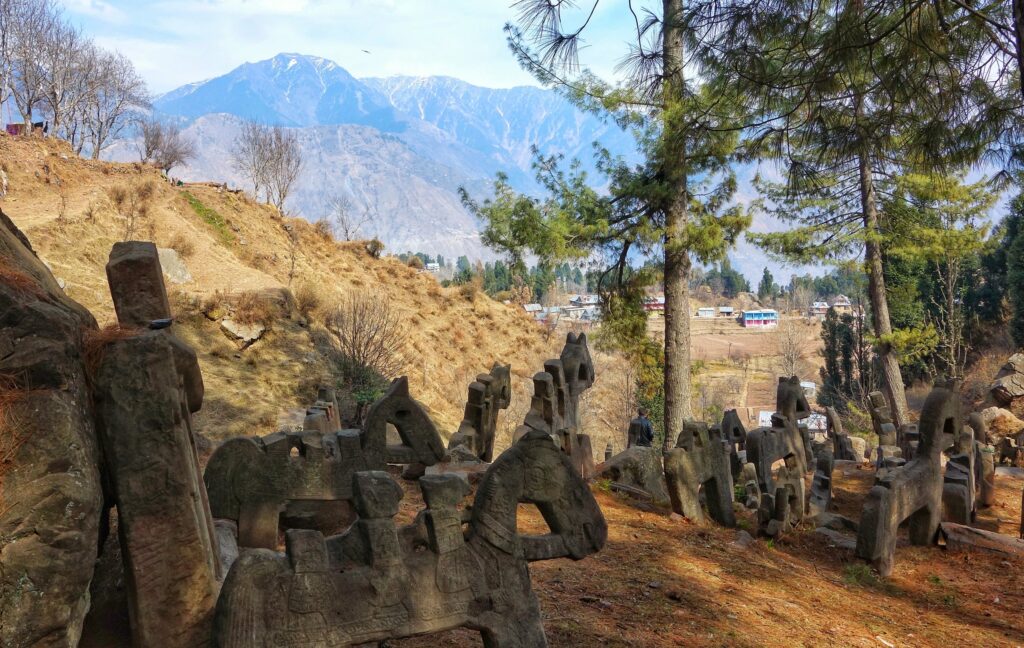
The horsemen exhibit striking similarities with the artistic features of the Gandhara school and Bactrian art forms. Their facial features resemble those found on Hephthalite coins, characterized by large facial structures, long straight noses, flat-cut necks, almond-shaped eyes, and round eyeballs. These features reflect the anthropological characteristics of the population at that time, influenced by Western art forms from Greece and Rome.
The way in which the horses are adorned indicates that ornamentation held significant importance. The horsemen are depicted wearing large round earrings and carrying unique weapons associated with the Hephthalites. Anthropologists suggest that one of the tribes of Hephthalites that settled in this region was the Dogras, the current residents of Jammu province. Moreover, the artistic forms used in these sculptures are polished and refined, showcasing a high level of skill.
A unique feature of these structures is that all the horses carry three soldiers on their backs, which can be observed in most of the sculptures. This detail may indicate the physical strength of the horses and suggest that they were of a pure breed. The remarkable craftsmanship involved in sculpting the stone deserves appreciation, as it reflects the artistic prowess of the creators.
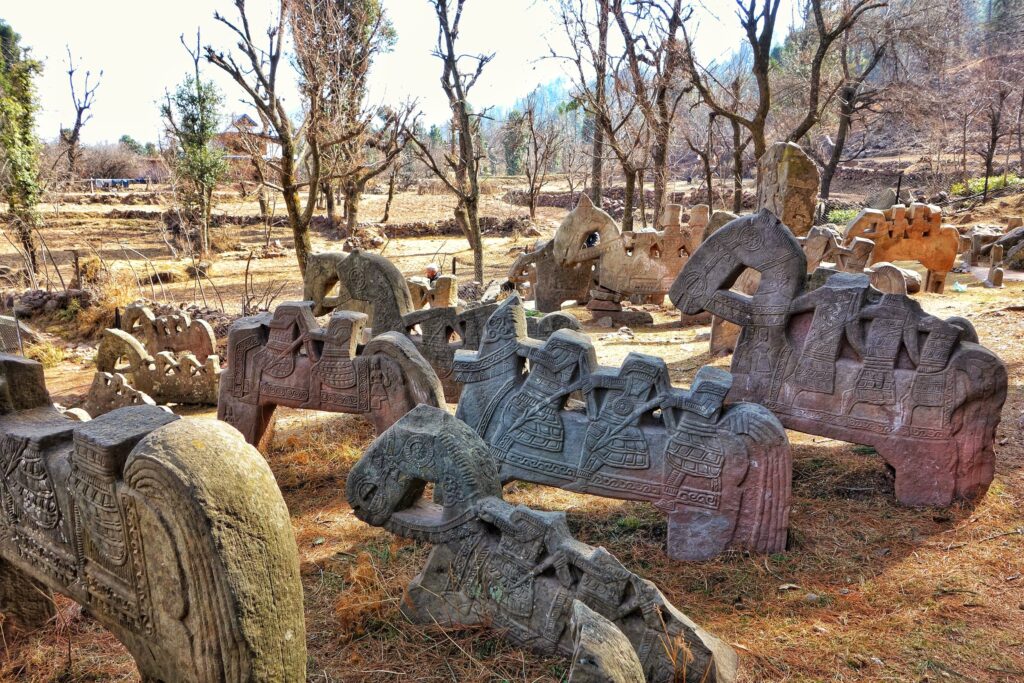
The origins of the horsemen remain enigmatic, fueling speculation and scholarly debate. Various theories have been proposed, with connections to the White Huns (Hephthalites) and Mihirkula being central to these discussions. Some suggest that the horsemen may be linked to the White Huns, a Central Asian tribe that ruled the region between the 5th and 7th centuries. This timeframe aligns with the estimated period for the creation of the sculptures, providing a potential historical context for their existence. The cultural influences reflected in the sculptures may also hint at the interactions between different civilizations during this period.
Mihirkula, a feared leader of the White Huns, is often associated with the era of the sculptures, although definitive evidence of his involvement remains elusive. His reputation as a formidable leader adds a layer of intrigue to the mystery, suggesting a possible connection to the creation of these figures. However, the lack of concrete evidence highlights the challenges of reconstructing ancient history and understanding the true purpose of the horsemen. Theories abound, but the absence of definitive proof leaves much to the imagination.
The purpose of the horsemen remains unexplained, with no definitive answers emerging from ongoing research. Some scholars speculate that they may have served as memorials, commemorating significant events or individuals, while others propose that they could have had a religious or ceremonial function. The ambiguity surrounding their purpose only adds to their allure, inviting further investigation and research to unravel their secrets.

As an ancient puzzle, the Mysterious Horsemen continue to captivate the imagination of those who encounter them. The combination of their scale, detail, and isolation creates a captivating sight, leaving a lasting impression on all who visit these remarkable stone figures. The ongoing exploration of their origins and significance not only enriches our understanding of the region’s history but also highlights the enduring mysteries that ancient cultures have left behind.
Kalsotra, A. (2023). The mysterious horsemen of the Pir Panjal.
Behrendt, K. A. (2007). The art of Gandhara in the Metropolitan Museum of Art. Metropolitan museum of art.
Cover Image Credit: Travel Himalayas

